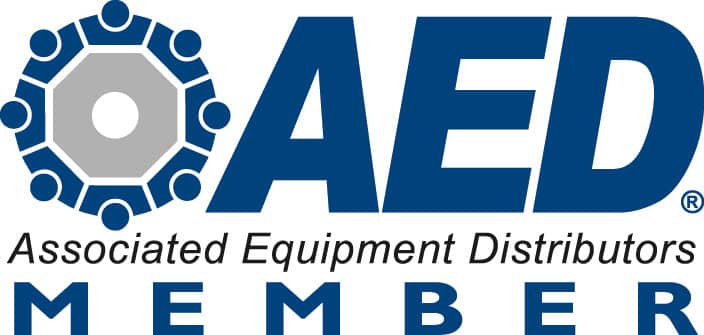Using crushed concrete for driveway is an excellent choice considering its durability, eco-friendliness, cost-effectiveness, and low maintenance requirements. However, there are several factors to consider when it comes to the installation and maintenance of crushed concrete for driveway. These factors include climate, location, and intended use.
What is Crushed Concrete?
Crushed concrete is a type of construction material that is made from recycled concrete. The raw material may include asphalt debris from other construction projects. Also referred to as recycled concrete aggregate (RCA), it is produced by crushing old or unused concrete into smaller pieces. These pieces typically range from gravel-sized particles to fine powder-like consistency.
How To Crush Concrete for Driveways
The crushing process involves breaking down the concrete into smaller fragments using cement crushers, such as the jaw, impact, or cone crushers. Before crushing concrete, the site needs to be prepared properly. This includes clearing any debris, vegetation, or obstacles from the area where the concrete will be crushed.
Positioning
To create a stable working surface for the crushing equipment, the site should also be leveled and compacted. Once the site is prepared, the crusher is positioned in the desired location, connecting it to a power source and ensuring that it is properly leveled is required.
Loading
The raw material to be crushed is typically loaded into the crusher using heavy machinery, such as an excavator or front-end loader. The crusher then processes the concrete by breaking it down into smaller fragments using mechanical force. The size of the crushed concrete can vary depending on the desired end product and the type of crushing equipment used.
Screening
After the concrete is crushed, it may need to be screened and sorted to remove any debris, steel reinforcement, or other unwanted materials. This can be done using screens or other separation equipment to separate the crushed concrete into different size fractions or to remove any contaminants.
Finishing
The finishing touches include grading the surface to ensure proper drainage, filling in any low spots, and compacting again if necessary. The finished surface should be smooth, level, and properly compacted to provide a stable and functional driveway.
How to Install Crushed Concrete Driveways
The first step is to prepare the crushed concrete driveway site. Spread the crushed concrete evenly over the excavated area. To prevent water from pooling on the surface, the driveway should slope away from any structures or towards designated drainage areas.
Finally, add a layer of finer crushed concrete or other suitable material as a top layer to provide a smoother surface for the driveway. This entirely depends on personal preference and specific project requirements.
Maintaining a Crushed Concrete Driveway
Considering the crushed concrete driveway pros and cons is highly important. Excessive dust and varying material colors are some of the crushed concrete driveway problems that may arise. A crushed concrete driveway will require regular maintenance. This may include periodic decompaction, filling in any cracks or potholes, and keeping the surface clean and free of debris.
Conclusion
It’s important to note that crushing concrete for driveways requires specialized equipment and expertise. Therefore, it’s recommended to hire a professional contractor with experience in concrete crushing and driveway installation. This will ensure the proper and safe execution of the process.








